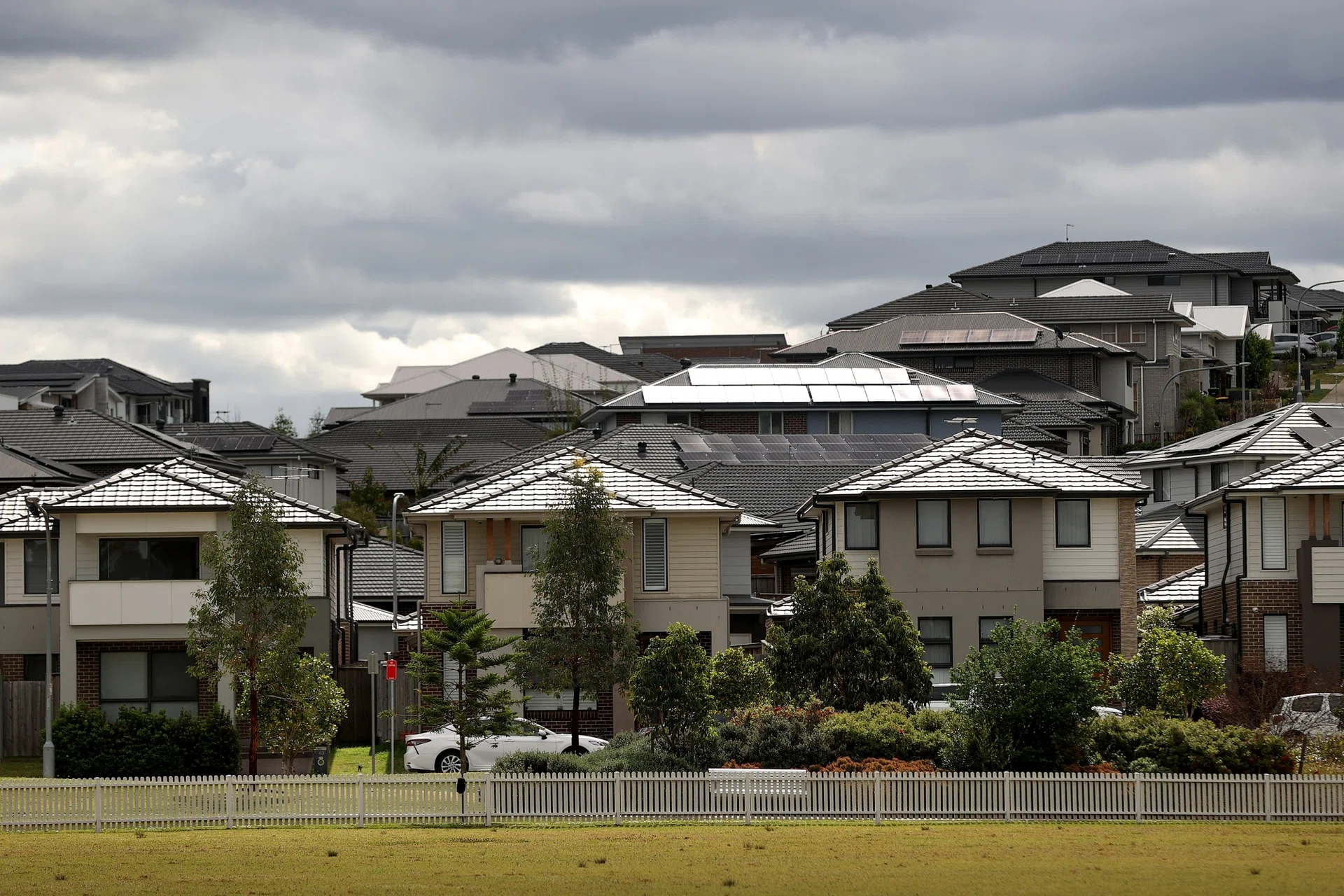By Julius Ewudo
From smoky bathhouses in the 1930s to sleek solar-powered homes in the 2020s, the story of hot water in Australia mirrors our broader evolution, resourceful, practical, and now focused on a cleaner energy future.
From Firewood to Electricity: The Early 1880s-1900s
Before electricity and storage tanks, chip heaters dominated Australian bathrooms. Fueled by wood chips, pinecones, and twigs, they demanded patience and skill to balance flames and water flow for the perfect bath. By 1915, electric storage water heaters began to appear, changing the landscape. Hot water became safer, more convenient, and accessible to a growing number of households.
The Solar Leap: 1950s Innovation
Post-war optimism in the 1950s brought a new wave of innovation. The CSIRO introduced flat plate solar water heating, cutting household energy use for hot water by up to 80 per cent. For the first time, renewable energy was harnessed inside the family home, decades before “sustainability” became a household name.
The Boiling Point of Convenience: 1960s to 1970s
From 1947 onwards, Australians fell in love with convenience. Over-sink boiling units and under-sink “tea taps” brought instant boiling water to kitchens and workplaces. By the 1970s, these systems had become symbols of modern living, efficient, reliable, and distinctly Australian.
The Heat Pump Revolution and the Great Gas Phase Out: 2000s to Today.
CYBER ERA: Catalyzing the Digital Economy
HomeMILESTONEHeating Australian Homes For 100 Years: The Nations Story From Boilers To Better Futures
MILESTONE
Heating Australian Homes For 100 Years: The Nations Story From Boilers To Better Futures
admin15 hours agono commentcsiromark padwick
58views
By Julius Ewudo, Cyber Era NG ASEAN Region Representative
As Australia moves toward phasing out gas, the humble chip heater, once central to keeping Australian families warm, offers a glimpse into how far our approach to home energy has come over the past century.
From smoky bathhouses in the 1930s to sleek solar-powered homes in the 2020s, the story of hot water in Australia mirrors our broader evolution, resourceful, practical, and now focused on a cleaner energy future.
From Firewood to Electricity: The Early 1880s-1900s
Before electricity and storage tanks, chip heaters dominated Australian bathrooms. Fueled by wood chips, pinecones, and twigs, they demanded patience and skill to balance flames and water flow for the perfect bath. By 1915, electric storage water heaters began to appear, changing the landscape. Hot water became safer, more convenient, and accessible to a growing number of households.
The Solar Leap: 1950s Innovation
Post-war optimism in the 1950s brought a new wave of innovation. The CSIRO introduced flat plate solar water heating, cutting household energy use for hot water by up to 80 per cent. For the first time, renewable energy was harnessed inside the family home, decades before “sustainability” became a household name.
The Boiling Point of Convenience: 1960s to 1970s
From 1947 onwards, Australians fell in love with convenience. Over-sink boiling units and under-sink “tea taps” brought instant boiling water to kitchens and workplaces. By the 1970s, these systems had become symbols of modern living, efficient, reliable, and distinctly Australian.
The Heat Pump Revolution and the Great Gas Phase Out: 2000s to Today
From the early 2000s, heat pump technology rose quietly, capturing warmth from the air to heat water using far less energy than older systems. It seemed like a gradual improvement at first, but it is now at the centre of Australia’s clean energy transition.
The national gas phase-out, however, is far more recent. In 2014, Victoria banned new onshore gas exploration, signalling a shift in energy direction. Then in 2023, the ACT became the first jurisdiction in Australia to legislate a ban on new gas connections in buildings. Victoria followed shortly after, prohibiting gas connections for new homes that require a planning permit from 1 January 2024. Further reforms will take effect from 2027, when existing homes will be required to replace broken gas hot water units with efficient electric alternatives.
“Heat pump hot water systems use a fraction of the energy of traditional electric or gas systems,” says General Manager at Wilson Heat Pumps Mark Padwick.
“When paired with rooftop solar, they help households get off gas and off the energy cost rollercoaster.”
Government forecasts suggest that by 2036, heat pumps could provide up to 40 per cent of Australia’s domestic hot water. This shift is being supported by the federal government’s Heat Pump Roadmap and strengthened Minimum Energy Performance Standards (MEPS), both designed to accelerate the move toward energy efficiency and decarbonisation.
As states such as Victoria and the ACT lead the way, the focus is now on full electrification, making homes smarter, cleaner, and more sustainable. From the chip heater’s flickering flames of the 1880s to the quiet hum of today’s heat pumps, Australia’s 100-year journey in hot water is a story of ingenuity and progress.
“As we look back on nearly a century of hot water innovation, it is remarkable to see how far we have come,” says Padwick.
“Wilson Heat Pumps is proud to continue that legacy, offering reliable, efficient, and sustainable systems designed for the next 95 years and beyond.”
Follow us on all social media platforms @dailyquery for news and analyses around the globe.



























